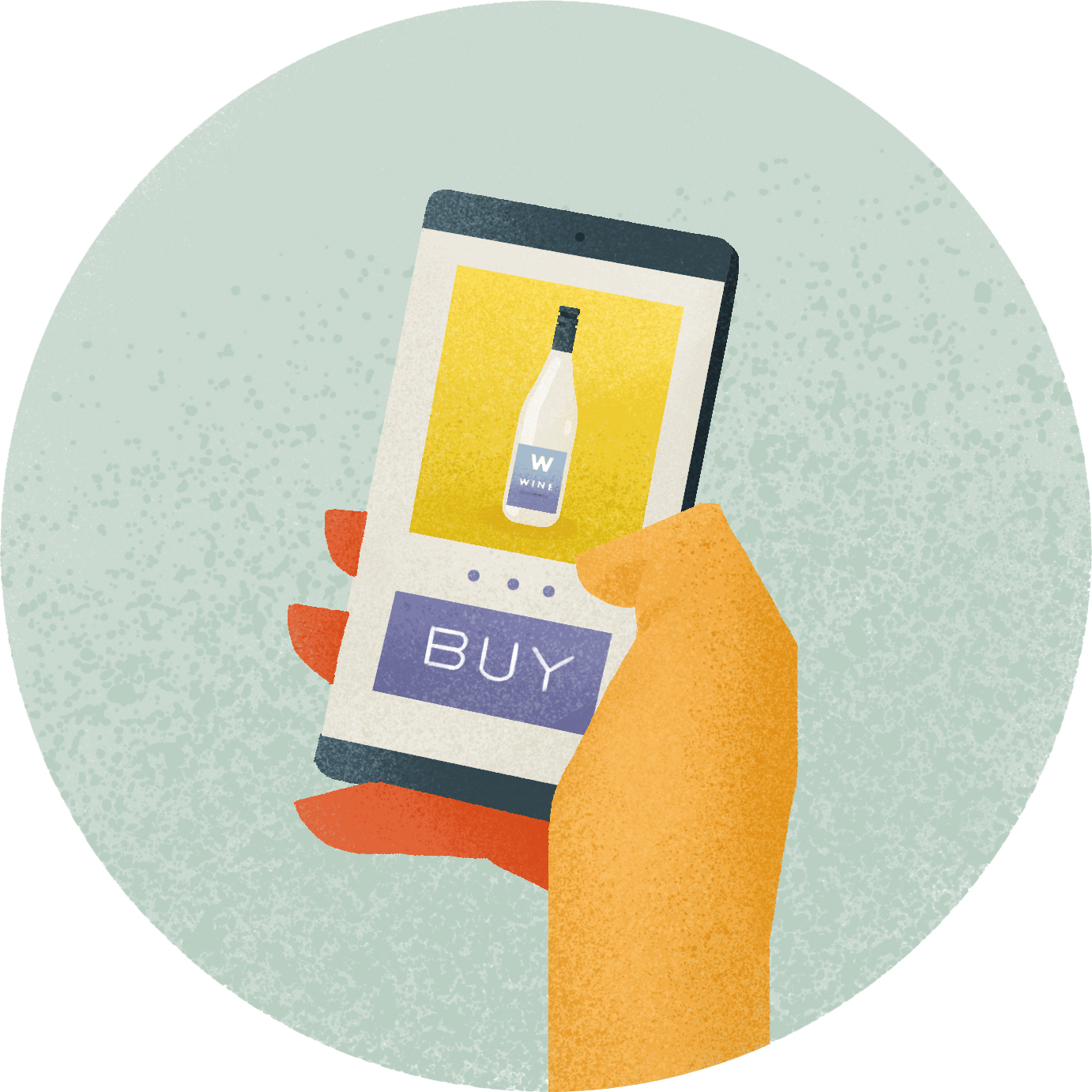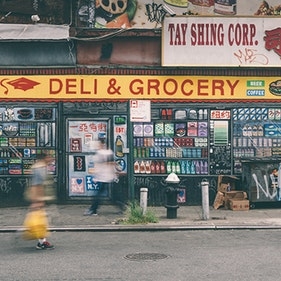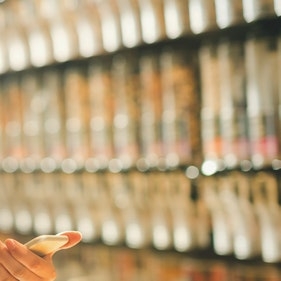Currently, around two-thirds of general merchandise shopping journeys take on a version of this nonlinear form, according to an Oliver Wyman survey, and it is most often physical stores that lose out: Customers seek advice from sales assistants, try a product – and then buy it online, often at a lower price.
When this happens, physical stores serve as mere showrooms, resulting in low conversion rates of foot traffic into sales. The product manufacturers and online retailers benefit from the valuable services provided by the stores but do not pay for them. Part of the problem is that retailers have not caught up with customer behavior. The travel and insurance industries – ten years ahead of most retail segments in online disruption – have figured out ways for a range of intermediaries to receive cuts for their engagement when customers take nonlinear journeys. Search engines get pay-per-click revenue for engaging in the first funnel. And specialist aggregator and review sites get cuts for directing customers to websites where they buy holidays.
Showrooming will only become more common as the barriers to online shopping are gradually removed, enabling it to spread to areas of retail that still rely largely on physical stores. Incumbent retailers have started to act, but we think they can go much further than they do today and have a huge impact on reconfiguring the retail system. Here are four key changes that could help:
The Rise Of Exclusives
A retailer that makes certain products available for purchase in its store only or on its website can eliminate the free-rider problem for those products. These exclusives then create a halo effect that makes customers more likely to buy other items too: More people will come to the store, and the exclusive offers will make other products more attractive too. As one retail CEO said: “I am locking in exclusives in anticipation of increased competition from Amazon. It’s my best line of defense.”
John Lewis, an omni-channel department store in the UK, renowned for its in-store advice and service, carries many exclusive products. It also hosts boutiques, for example, for luxury travel agent Kuoni.
Tour operators provide other ideas. A physical store channel in a largely online industry, they are increasingly turning to exclusively designed holiday itineraries to raise the conversion rate of customers that consult their sales agents. This tactic also lets them set their own prices, so they avoid competing on price. In other retail categories, personal shoppers – perhaps assisted by digital systems – can add value to clothes and cosmetics stores, both physical and online. Supermarkets could help with meal planning through a combination of digital food butlers and human advisers.
A More-Engaging Experience – In More- Select Stores
 If showrooming dissuades retailers from investing in the store experience, footfall will decline further, and so will sales. However, while retailers need to invest in physical stores, they don’t have to do so indiscriminately or limit themselves to current sites. Instead, efforts should focus on a subset of stores, often those in premium, high-traffic locations, such as city centers. These need to be designed thoughtfully and allow customers to interact with products and brands at events, demonstrations, and launches. They also should offer services, such as installation and aftercare.
If showrooming dissuades retailers from investing in the store experience, footfall will decline further, and so will sales. However, while retailers need to invest in physical stores, they don’t have to do so indiscriminately or limit themselves to current sites. Instead, efforts should focus on a subset of stores, often those in premium, high-traffic locations, such as city centers. These need to be designed thoughtfully and allow customers to interact with products and brands at events, demonstrations, and launches. They also should offer services, such as installation and aftercare.
New showroom formats have already emerged in some categories. These are often relatively small stores where the main purpose is to present products. Nordstrom in 2017 opened a Nordstrom Local in Los Angeles with a bar, nail salon, and seamstress; this year, it is opening two more in the area, and it is considering one for New York. The stores are small – the first is just 3,000 square feet – and don’t stock clothes for sale. Shoppers place their orders online, which are then shipped to Nordstrom Local for pickup.
Rethinking Pricing
In categories such as electronics and homeware, many retailers have offered competitive prices on key value items, such as home-entertainment systems, that act as anchors for wider purchases. The stores then make margin back on cheaper add- ons – such as cables and headphones – that are often commoditized. But this strategy is breaking down as customers increasingly buy the add-ons online at much lower prices.
Retailers will increasingly need to offer more competitive prices on peripheral items. For example, supermarkets currently tend to earn relatively high margins on center-store products: the paper towels, detergents, and floor cleaners usually found in the middle of their retail space. To avoid shoppers buying these products online, supermarkets might have to reduce prices. They could save money by keeping the items in a warehouse so that customers can pick them up at the exit or have them sent to their homes.
To make money on the main, anchor purchases, stores could differentiate on specifications, by making exclusive products, and on services, by offering to install home- entertainment systems.
A New Deal With Deal With Brands And Manufacturers
Brand owners have an interest in ensuring that stores stay open to showcase their products. In-store presentation reinforces brand image and engages customers, enabling them to discover the full range of products. However, brand owners will not pay for what they cannot see.
For websites, services such as FullStory record user experiences, enabling online stores to understand customers’ journeys better. This kind of technology could also be developed for physical stores, using cameras to generate heatmaps of shopper movements. Such tracking systems will enable retailers to strike pay-per-engagement deals with brand owners in the same way that companies pay per click today.
Business-As-Usual Might Not Work
Bringing people through the doors is fundamental to traditional retail. But ultimately, it needs to be a means to an end: higher sales. The growth of showrooming means that a rise in foot traffic will not necessarily lead to higher sales, so physical retailers will need to analyze new models and mechanisms to ensure they get a return on their store investments.








